auntada: thesmithian: Slavery in America often conjures...
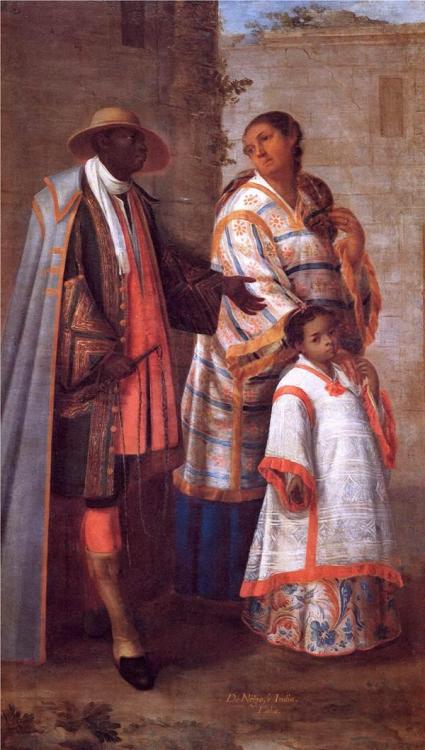
Slavery in America often conjures images of antebellum plantations with sprawling fields worked by weary black folks picking cotton or tobacco under the hot sun and the watchful eye of a whip-yielding white overseer. This…is the picture of slavery most often presented to us in books, on television and in the movies. But the history of slavery in Florida challenges that cliche and reveals that black people were a diverse lot.
more.
fascinating
dreaminginspanish: mfeltonn: Mãe Menininha (front center) and...
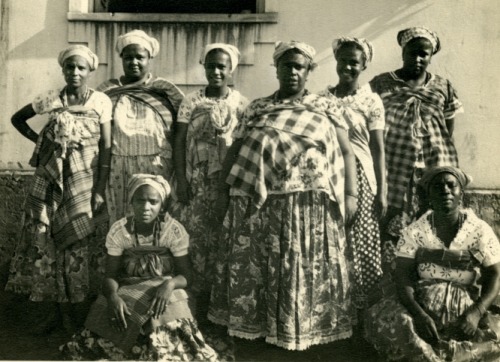
Mãe Menininha (front center) and her Candomblé priestesses at the Ilé Axé Yá Masse temple, Salvador, Bahia, 1940-41.
Mãe Menininha was one of the most important Iyalorixás (Candomblé priestess) in all of Bahia. She was well known and respected in terreiros (scared communities of worship).
Here is a small video clip about her: CLICK HERE
coffeetan: cartermagazine: Today In History 'Dr.Mae Carol...

Today In History
'Dr.Mae Carol Jemison became the first black woman astronaut on this date June 5, 1987.'
(photo: Dr.Mae Carol)
-CARTER Magazine
I was looking her up recently because she was in an episode of Star Trek: The Next Generation directed by LeVar Burton, and Nichelle Nichols visited the set! So awesome. First real astronaut on Star Trek.
How Ethiopian Scientist Unearth 3.3-Million-Year-Old Child It...
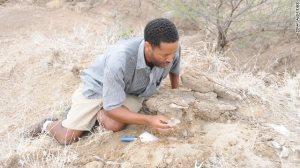
Skeletal remains of "Selam," a three-year-old girl who died 3.3 million years ago. She is the earliest skeleton of an African child ever found.
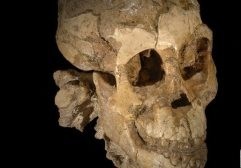
Selam was discovered by Ethiopian scientist Zeray Alemseged in December 2000 in the East African country's Dikika region.
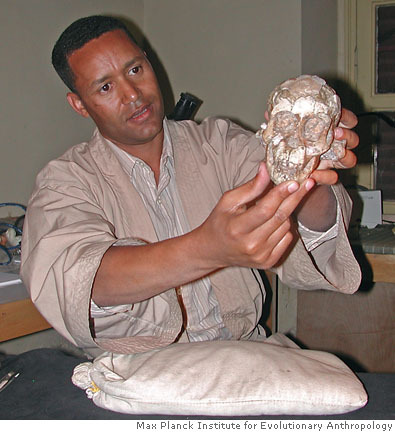
Zeray Alemseged
How Ethiopian Scientist Unearth 3.3-Million-Year-Old Child
It was another December afternoon back in 2000, spent like hundreds of others combing the rocky hills of the Dikika region, when Ethiopian scientist Zeray Alemseged heard one of his assistants nearby calling him.
"He said 'oh, doctor I see something there,'" recalls Alemseged, who'd been excavating the hot and dry landscape for over a year, helped only by a small inexperienced crew of locals. "And I went there and I see the cheek bone part … sticking out of the rock. I turned it upside down and my jaw literally dropped."
Instantly, Alemseged realized this was an extraordinary discovery that could make scientific history.
"Right away I could tell this is a child of a human ancestor," says the paleoanthropologist. "You have this child in a block of sandstone, with the baby teeth still visible, very vertical forehead, small canine," he adds. "But it's so rare and so unbelievable that I just couldn't accept that was the case, that what I saw was the skeleton."
Yet Alemseged did not want to make news of his discovery public until he had a more complete picture of what he'd unearthed. So he kept it quiet as he meticulously prepared and analyzed the fossil.
"The skeleton was encaved in a block of sandstone matrix, which is very densely compact, very inured sand, so that I had to go remove the sand grain by grain," says Alemseged.
"So I took my time, and people advised me to employ technicians, and technicians can do that job, but I said 'no, it's going to take as long as it takes but I'm not going to delegate this work of the exploration of this unique child to anyone else but me.'"
Alemseged then spent years in the lab painstakingly picking away the sand grain by grain. By using a super microscope, he was able to see details in the teeth embedded in the skull that revealed to him the skeleton's age and the sex. He now knew the fossil was that of a three-year-old girl who had died 3.3 million years ago.
Finally, after more than six long years, Alemseged was ready to present to the world "Selam," the fossil known as "the world's oldest child."
"When the time came to go to the press conference," remembers Alemseged, "it was like a woman is pregnant and she is holding that baby for nine months and when the baby comes out, what happens is — in spite of the pain, in spite of the long, tedious process of carrying the baby — you see her smiling, you see her beautiful wonderful face trying to share the baby with her husband or the doctor.
"So I shared my baby with the audience but the different thing is that I was sharing a child that belonged not only to me but to humanity, to seven billion individuals."
That press conference in 2006 turned Alemseged, who was just 31 when he'd discovered Selam, into a hero in the world of science.
Over the next few years, his work took him all over the world, winning him international admiration for his achievements. Today Alemseged is the director of anthropology at the California Academy of Sciences, a multifaceted scientific institution and museum where he combines his scientific research with his passion for public education.
Skeletal remains of "Selam," a three-year-old girl who died 3.3 million years ago. She is the earliest skeleton of an African child ever found.
"When I got involved in this type of research I decided to not only read what has already been discovered but also to make my own discoveries and I can proudly say that I have achieved that with the discovery of Selam and many other fossils," he says. "Those finds are finds that change textbooks, literally, so I am happy but I'm not satisfied — I will be satisfied only if I could instill the same type of psychology, the same type of excitement, the same type of passion to the next generations of Africans."
Alemseged, a father of two, enjoys the opportunity to share his findings with the world and possibly inspire a new generation of scientists.
In recent years, he's teamed up with other scientists from his continent to create the East African Association for Paleoanthropology, a group holding regular conferences to bring together top scientists and researchers from the region and beyond.
And while his achievements have made him a success story that young Ethiopians can aspire to, Alemseged's efforts to create a positive impact on young Africans are just a small step toward his ultimate goals.
"I think both my family and Ethiopia are proud of me, but I still think that I still have so much to offer, not just to Ethiopia, but to Africa and to humanity in general," he says.
"My work is beyond nations, beyond nationalities, beyond continents — it unites everyone on the planet. So when I achieve that, I'm sure Ethiopia and my family are or will be proud of me and I thank them for all of the opportunities they have provided me with also."
By: Earl Nurse
alldeadprincesses: Zewditu I of the House of Solomon, the...

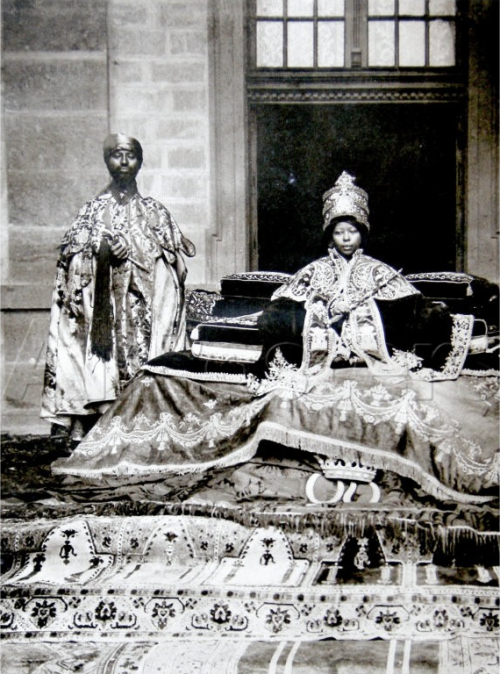
Zewditu I of the House of Solomon, the "Queen of Kings", Empress of Ethiopia (1876 – 1930)
blackhistoryalbum: African American Buffalo Soldier and his...
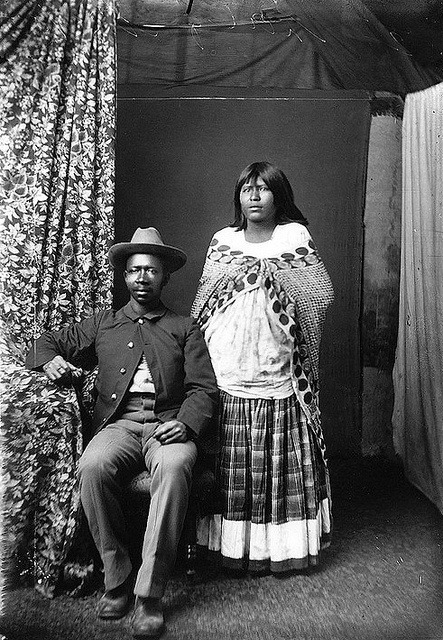
African American Buffalo Soldier and his Native American wife.
Black History Album, The Way We Were
Follow us on TUMBLR PINTEREST FACEBOOK TWITTER
nok-ind: The Green Sahara. In the distant past the entire...

Fed by prehistoric groundwater, Lake Yoa (above) in remote northern Chad, has persisted despite thousands of years of constant drought and searing heat.
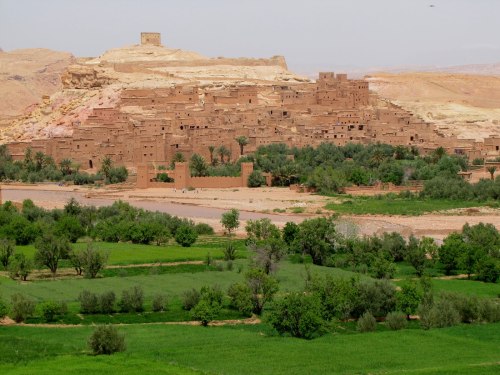
Ait-Ben-Haddou Morrocco
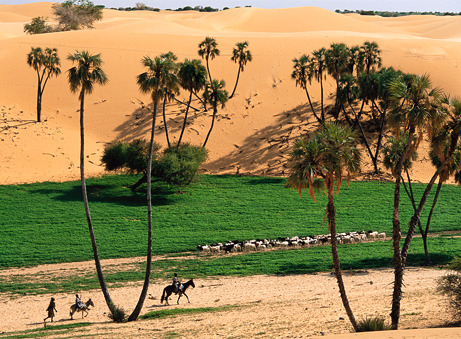
Villagers herd goats near windblown sand dunes in the Sahel region of Niger, North Africa.
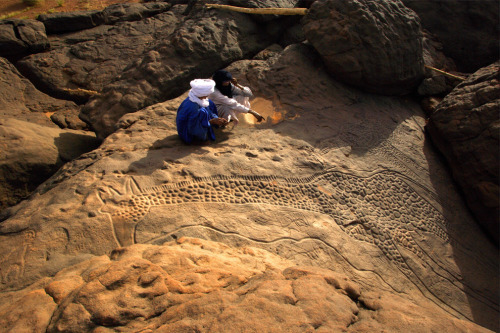
8,000 year-old giraffe rock carving in DaBous, Niger is considered one of the finest petroglyphs in the world.
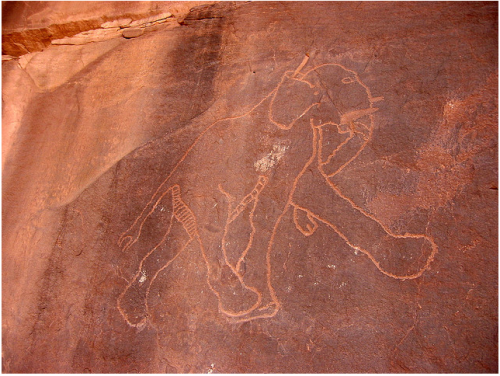
Wadi Teshuinat, Tadrart Acacus, Libyan Sahara around 10,000 years ago, these regions were richer in vegetation, and were populated by animals which have since disappeared.
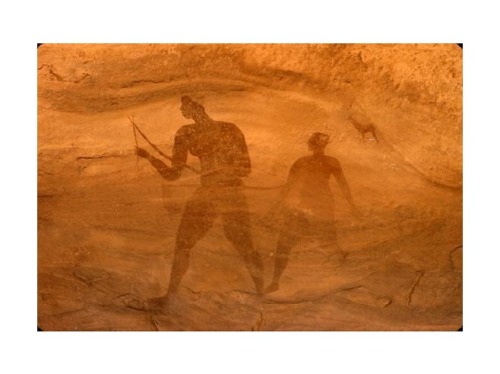
Rock art, the big Archer in the Tassili N'Ajjer
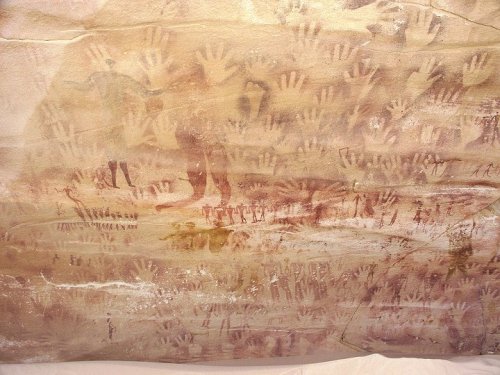
The Green Sahara.
In the distant past the entire Sahara was green Savanna land similar to habitats found all over lower Africa. You had the same Flora and Fauna. Lions, Giraffes, elephants, hippos, Crocodiles, etc etc.
Who were the Africans living there. What happened to them?
Once Lush Sahara Dried Up Over Millennia, Study Says
Climate change making the Sahara Green.
Ancient green corridors helped our early ancestors out of Africa
Black history lecture in London 5th June 2013 19:00. Inspirational Contributions of African Americans to Science and Technology
Black history lecture in London 5th June 2013 19:00. Inspirational Contributions of African...dynamicafrica: The Sidis are a small community of Indians of...
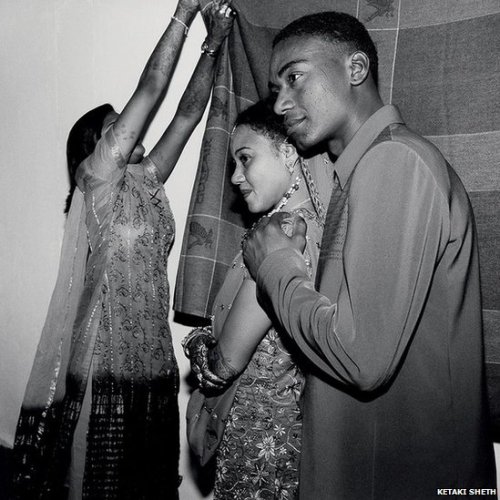
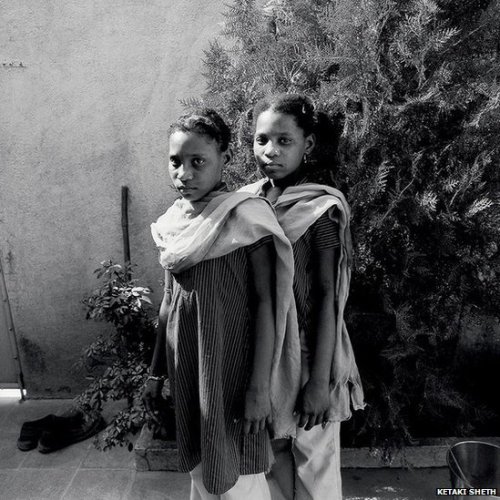
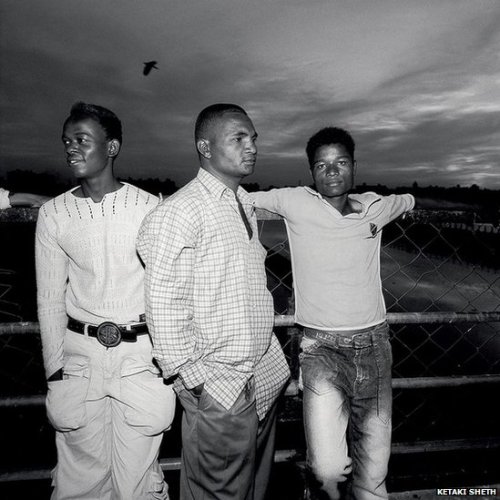
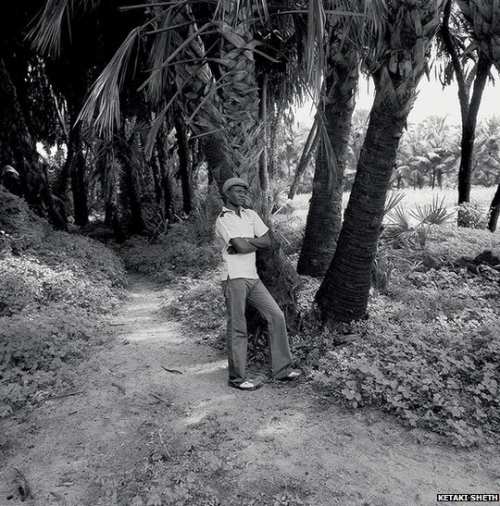
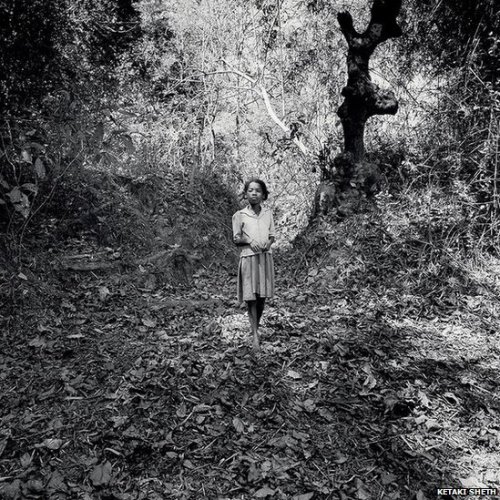
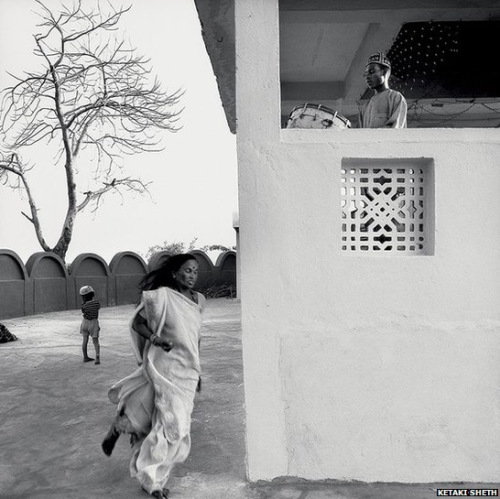


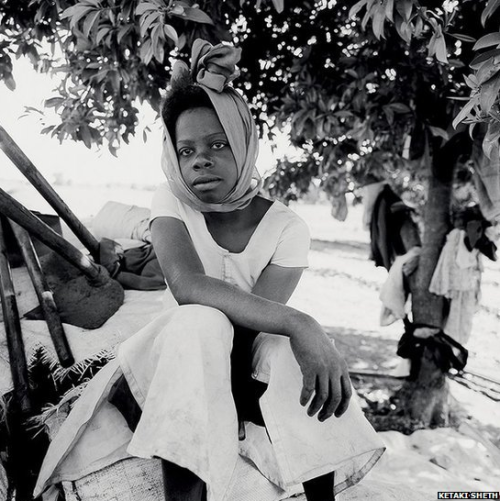
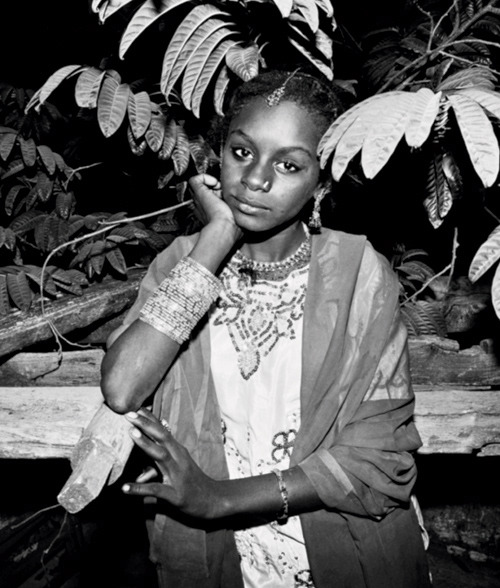
The Sidis are a small community of Indians of African descent.
Photographer Ketaki Sheth has documented their lives for a new book, A Certain Grace: The Sidi - Indians of African Descent, published by Delhi-based gallery Photoink.
It is estimated that 60,000 to 75,000 Sidis live in the western state of Gujarat and the southern state of Karnataka. Fewer numbers live in the state of Goa and in the cities of Mumbai and Hyderabad.
Their ancestors, say historians, were slaves, soldiers, traders, pearl divers and Muslim pilgrims who arrived in India over centuries. A large number of them, they say, also arrived in India as free citizens.
Historian Mahmood Mamdani says the ordinary Sidi were descendants of slaves brought by Portuguese down the coast of East Africa, mainly from Mozambique. "The big difference with Atlantic slavery was that hardly any slaves were brought to India to provide cheap labour… Their main attraction was not their cheapness, but their loyalty", he says.
Ketaki Sheth says the Sidis have lived in India for over half a century. "Except for one or two people I photographed, no-one has visited Africa. The older generation too feel rooted in India," she says.
"Except for their dance (called Goma, from the Swahili word, ngoma, meaning both drum and dance) and some exorcism rituals which have roots in Africa, they are Indian in language, customs, dress, food and temperament," says Ms Sheth. The Sidis of Gujarat, for example, speak Gujarati as their mother tongue.
The Sidis are "poor for the most part", Ms Sheth says. They get some affirmative action benefits from the government as they are classified as "scheduled tribes", one of India's most disadvantaged groups.
Mahmood Mamdani says a Sidi elder told him that a girl marrying outside the caste or community is usually thrown out. He said the prohibition on marriage outside the community is more because of "interest than identity". Outsiders, the Sidis fear, will take advantage of the affirmative action benefits.
"Whenever I asked a Sidi person I met whether they thought of themselves as African or Indian, I inevitably got a quizzical look. What, they seemed to think, was wrong with me: they were of course, Indians," says Mahmood Mamdani.
Thomas Sankara & Fidel Castro.
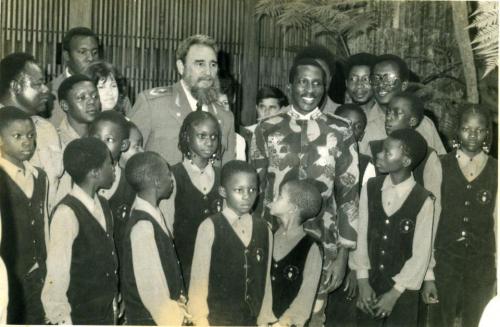
Thomas Sankara & Fidel Castro.
The Durbar festivals The Durbars are centuries old festival is...
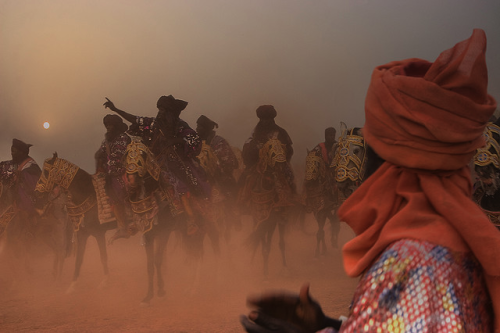
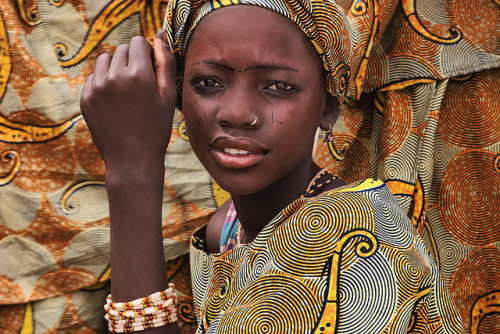
Young Girl watching the Durbar Festival in Nigeria 2009
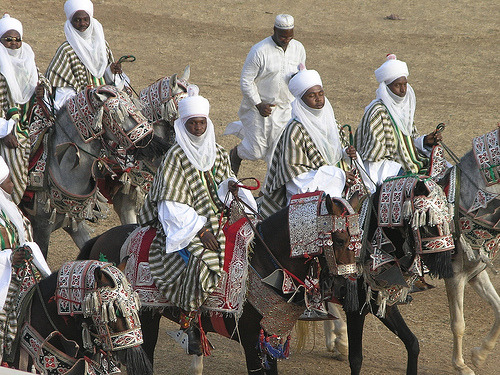
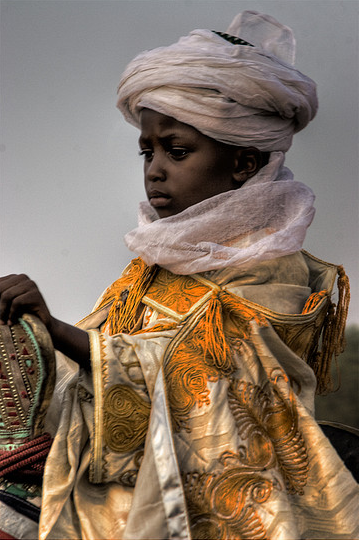
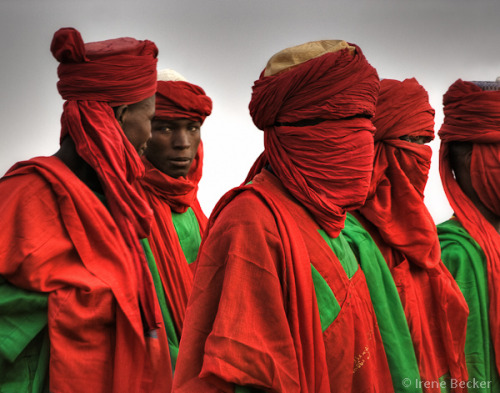
Samari (Boys) by Irene Becker © All rights reserved Sarkin Dogarai (hausa) Emir's Body guards. A scene from the 2009 Argungu Durbar organized by Argungu Emirate Council
The Durbar festivals
The Durbars are centuries old festival is an annual festival celebrated in several cities of Nigeria. It is celebrated at the culmination of Muslim festivals Eid al-Fitr and Eid al-Adha. It begins with prayers, followed by a parade of the Emir and his entourage on horses, accompanied by music players, and ending at the Emir's palace.
Durbar festivals are organised in cities such as Kano, Katsina and Bida, and are considered tourist attractions.
The Kano Durbar is a fantastic festival and procession held regularly in Kano. Featured in the processions are thousands of horsemen in antique ceremonial gear - the horses wearing ornate bridles and saddles; the men in billowing colorful robes and turbans. The durbars are held on major Muslim holidays, but also staged for special occasions, such as visits by important dignitaries. The northern part of Nigeria, where Kano is located, is a Muslim area, and the horse culture reflects a mix northern African and indigenous Hausa styles (Islam spread into Nigeria from its origins in Arabia via the Saharan trade routes).
yearningforunity: San Basilio de Palenque Bolívar...

San Basilio de Palenque
Bolívar Department
Colombia
IAZ OSCAR ACOSTA - EL UNIVERSAL
Kongo prince, Dom Nicolau Westernized Nicolau I of Kongo (Also...
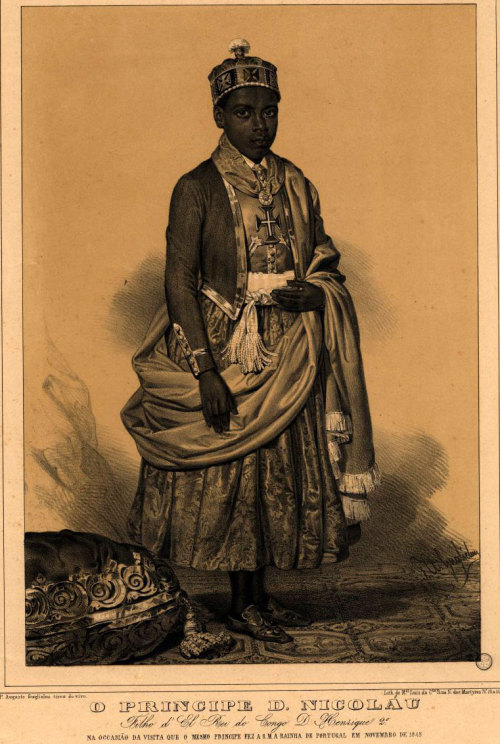
Kongo prince, Dom Nicolau
Westernized Nicolau I of Kongo (Also known as Nicolau I Misaki mia Nimi)
(Ruled 27 August 1752–post 1758)
quelowat: Nyiragongo Volcano, Congo Photograph by Carsten...

Nyiragongo Volcano, Congo
Photograph by Carsten Peter, National Geographic
An expedition member walks on the cooled lava floor, turned red by the reflected glow of a lake, of a caldera in Nyiragongo volcano in the Democratic Republic of the Congo. "Down here you feel the volcano," says photographer Carsten Peter. "It's a low-frequency rumbling that pulses through your body—like being inside a giant subwoofer."
cartermagazine: Arthur Ashe by Yannick Noah | Video - CARTER...
Arthur Ashe by Yannick Noah | Video
Click here for more on Arthur Ashe.
cartermagazine: Today In History 'Harriet Tubman, abolitionist,...
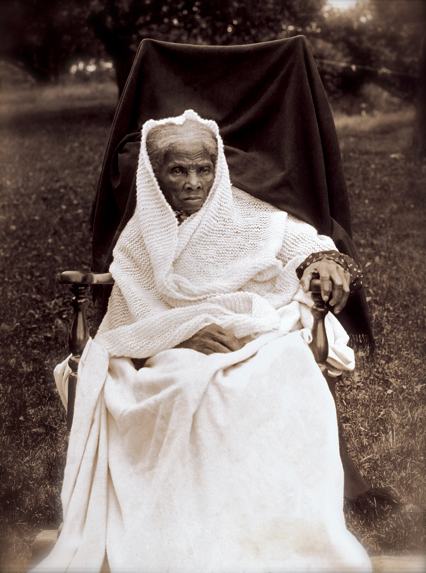
Today In History
'Harriet Tubman, abolitionist, author, and engineer of the Underground Railroad, led Union Army guerillas into South Carolina and freed nearly 800 slaves on this date June 2 1863. Tubman was the first woman in U.S. history to command an armed military raid.'
"I freed a thousand slaves I could have freed a thousand more if only they knew they were slaves." - Harriet Tubman
(photo: Harriet Tubman)
blackhistoryalbum: AFRO-LATINA | 1910Portrait of a Female...
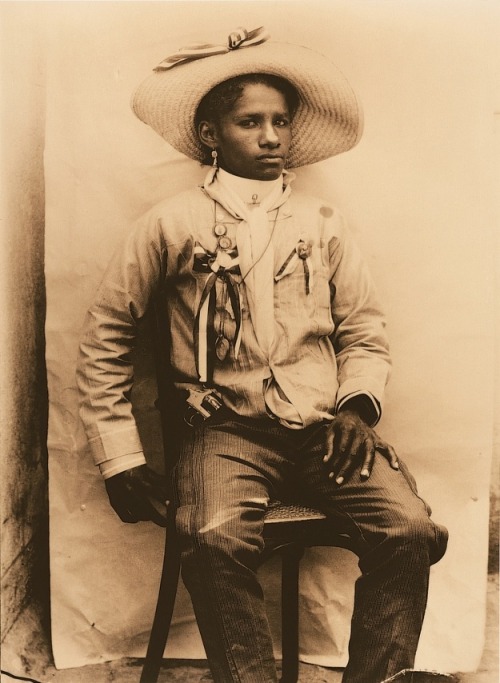
AFRO-LATINA | 1910
Portrait of a Female Soldier from Michoacan/Retrato de una soldadera de Michoacan, 1910Black History Album, The Way We Were
Follow us on TUMBLR PINTEREST FACEBOOK TWITTER
arcdirect: African Heritage Magazine, 1964. African Heritage...
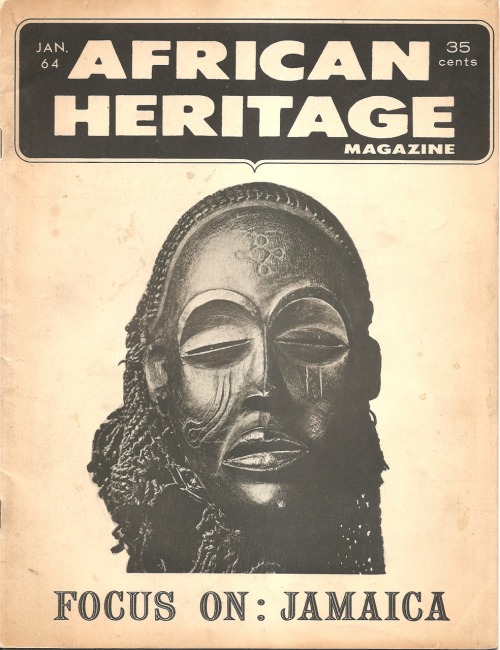
African Heritage Magazine, 1964.
African Heritage Magazine, African Heritage Publishing Co., New York, 1964.
This 1964 magazine embodied Marcus Garvey's self determination ethos and the demand for independence that rushed across former African colonies throughout the diaspora. This publication sought to cultivate the mindsight of collective struggle as it covers historical and contemporary actions, as local as a Rochdale consumer protest against Jamaica Avenue merchants, and to uncover the status of international events such as the Panama Canal. The focus of this issue is on the industrial and socio-cultural potential of Jamaica and Liberia. It includes articles by John Henrik Clarke and Dr. Julius W. Garvey, son of Marcus Garvey. The magazine rounded out its editorial theme with performance and book reviews. I have found one other citation of the publication of a J. H. Clarke article in a 1959 issue of the magazine.
"What I hate is ignorance, smallness of imagination, the eye that sees no farther than its own..."
""What I hate is ignorance, smallness of imagination, the eye that sees no farther than its...blacktheatrix: Ira Frederick Aldridge was the first black actor...
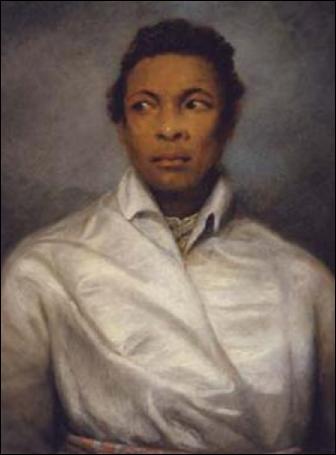
Ira Frederick Aldridge was the first black actor to play Othello. Born in New York in 1807, he emigrated to England at 17 where he began his Shakespearean career. At the London Royal Theatre in 1826, Aldridge became the first black Othello, as opposed to the custom of the time to put white actors in blackface. In addition to Othello, Aldridge also played many other lead roles, including:
- Macbeth in Macbeth
- Richard III in Richard III
London during this time was the epicenter of the pro-slavery movement in England, and Aldridge faced many trials because of it. He received scathing remarks in newspaper reviews. One paper, "The Atheneum", objected to his performance on stage with actress Ellen Tree (playing Desdemona) saying that she was being "pawed about on the stage by a black man." After a series of 11 performances at the Surrey Theatre, he was described in a press report as an "unseemly nigger."
While ostracized in London, Aldridge was able to find fame outside of the capital. He was praised for his work in Manchester, Sheffield, Newcastle and Liverpool; he also gained international fame by touring Ireland, Berlin, and St. Petersburg, among other cities.
Following a performance in Russia in 1863, French poet and novelist Théophile Gautier noted that Aldridge's performance was "Othello himself, as Shakespeare has created him…quiet, reserved, classic and majestic."
Aldridge died in August of 1867 and was given a state funeral.
(information gathered from arogundade.com)
(more information can be found here)















No comments:
Post a Comment